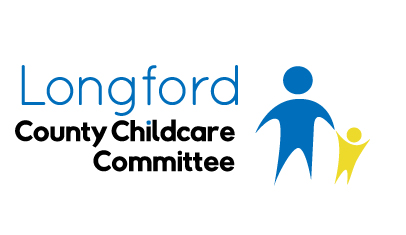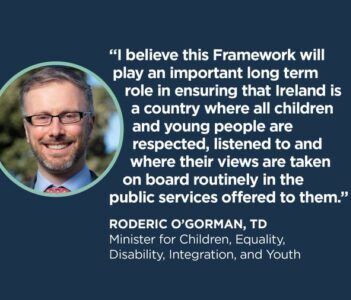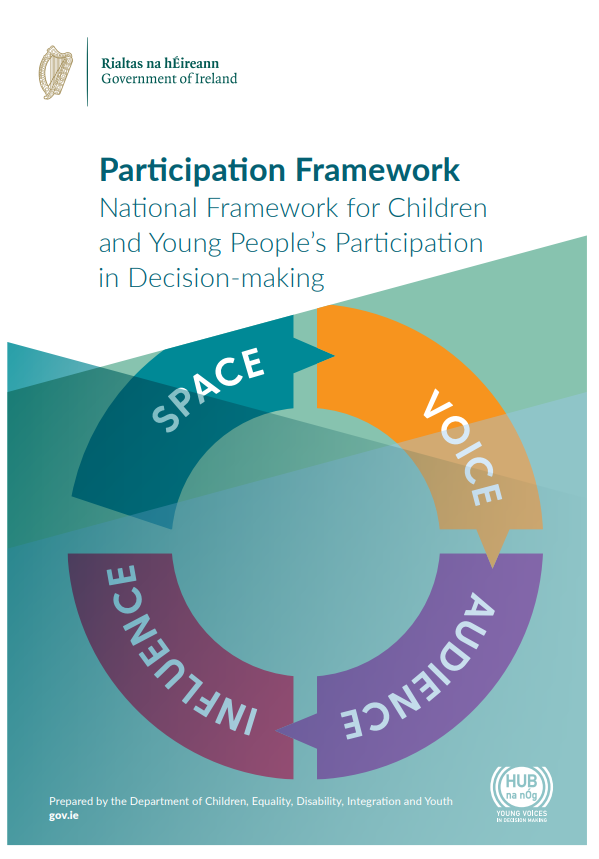From Department of Children, Equality, Disability, Integration and Youth
Published on 14 April 2021
Last updated on 14 April 2021
• The Participation Framework will support Departments, Agencies and Organisations to improve their participation practice with children and young people.
• Capacity Building Grant also announced to support implementation.
The Minister for Children, Equality, Disability, Integration and Youth, Roderic O’Gorman, T.D., today launched the ‘National Framework for Children and Young People’s Participation in Decision-Making’. The Minister also announced details of an associated Capacity Building Grant to support implementation of the Framework.
The Participation Framework supports departments, agencies and organisations to improve their practice in listening to children and young people and giving them a voice in decision-making. It is underpinned by the United Nations Convention on the Rights of the Child and the United Nations Convention on the Rights of Persons with Disabilities.
Developed by Hub na nÓg in association with Professor Laura Lundy, Queen’s University, the Participation Framework provides guidance and checklists for decision-makers on the steps to take in giving children and young people a meaningful voice in decision-making. The Framework has been developed in collaboration with policy makers at national and local level, teachers from early years to post-primary, gardaí, social workers, healthcare workers, arts professionals and others.
To support implementation of the Participation Framework, Minister O’Gorman also announced a new Capacity Building Grant for organisations seeking to improve their practice in involving children and young people in decision-making.
Speaking at the launch, the Minister said:
“It is imperative that children and young people feel safe, supported and respected to use their voices across all aspects of their lives. I’m confident that this Framework with guide anyone working with children and young people to ensure that they can engage meaningfully in the policy process”.


